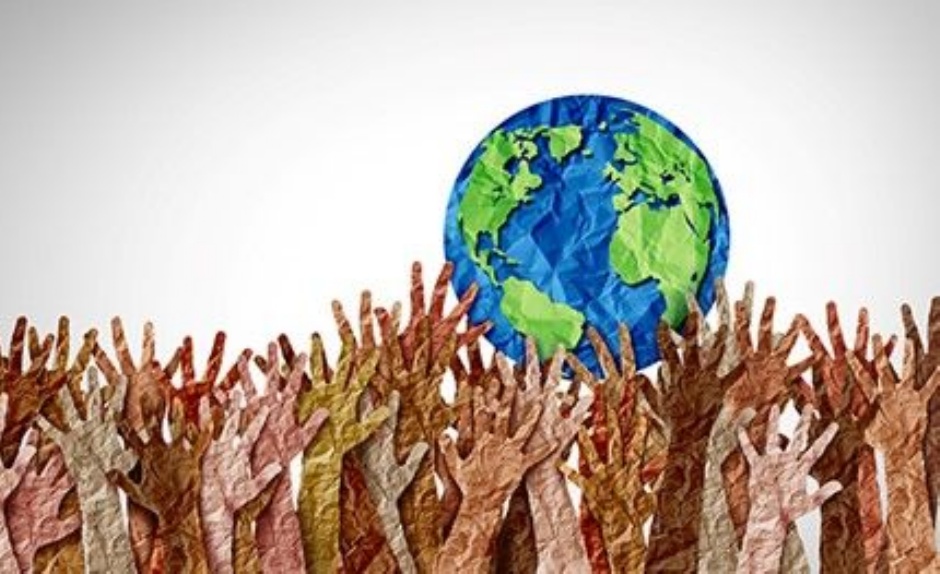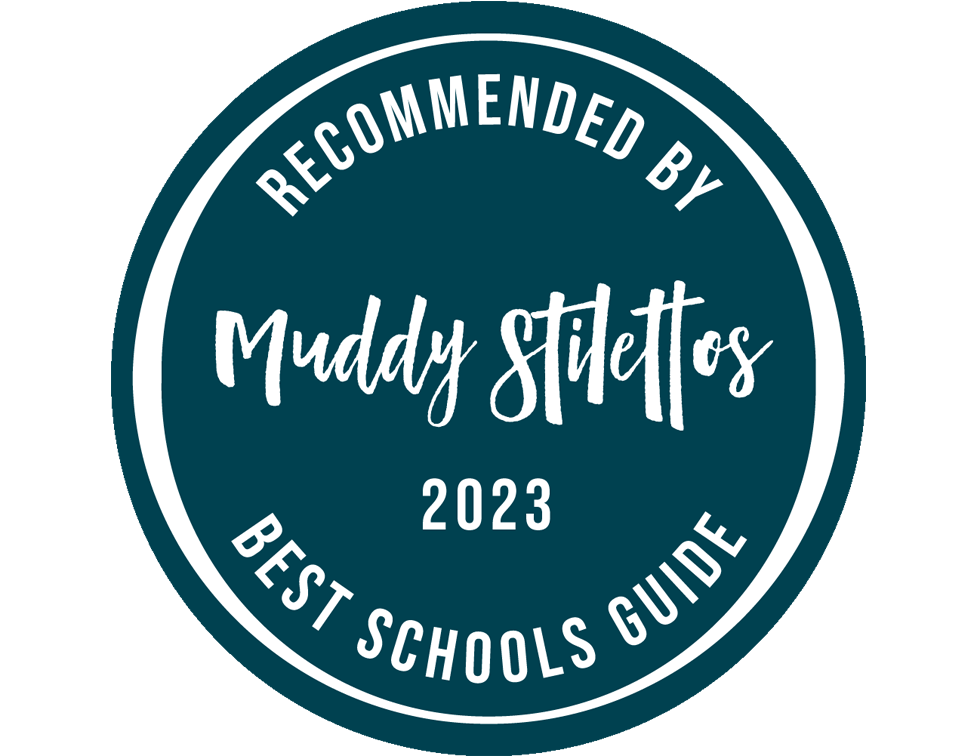Helping Children Understand Race and the Richness of Diversity

It begins, as so many meaningful things do in childhood, with a question.
Perhaps you’re out walking hand-in-hand, or reading together before bed, when your child looks up and asks, “Why is her skin a different colour than mine?” Or, “Why does he speak like that?” These moments can feel unexpected, even delicate — but they are also profoundly important.
The world our children are growing into is richly diverse. It always has been, though many of us are learning how to talk about it more openly, more kindly, and more wisely than generations before. As parents, we have the privilege — and the responsibility — of guiding our children not only to notice difference, but to understand it, value it, and most importantly, to see the shared humanity beneath it all.
Children notice things. They notice patterns, differences, and inconsistencies — often more astutely than we expect. So, when they ask questions about race or culture, they’re not being rude or awkward. They are trying to make sense of the world in the way all young minds do: by asking, wondering, and looking to us for meaning.
When these questions come, and they will, we needn’t panic. What children need in those moments isn’t a perfect answer — they need our honesty, our warmth, and a gentle reassurance that it’s good to be curious, and even better to be kind.
One of the simplest truths we can share with children is that human beings come in a wonderful variety — different colours, languages, histories, traditions — and that these differences are something to appreciate and enjoy. Much like the changing seasons or the many instruments in an orchestra, our differences bring richness and beauty to the world we live in.
Talking about race, then, is not about highlighting what sets us apart, but about helping children see the strength that lies in a society where many people bring different perspectives, experiences, and stories. Just as no one flower makes a garden, no one culture tells the whole story of what it means to be human.
Of course, the most powerful lessons are the ones we live. Children are always watching — not in a critical way, but in a deeply absorbing one. The way we treat others, the way we talk about the news, the way we respond to difference — these things shape our children’s understanding more than any lesson ever could.
If they hear us speak with respect about people who don’t look or live like we do, they learn to do the same. If we seek out stories and experiences from a range of cultures, they grow up knowing that everyone’s story matters.
In this way, our homes become their first classrooms of compassion.
It’s helpful to remember that talking about race and diversity is not a single, sit-down conversation, but something that unfolds over time. Just as we revisit themes of fairness, courage, and honesty again and again, we return — gently, thoughtfully — to these ideas of equity, identity, and empathy as our children grow.
And as they do, they will encounter things that prompt new questions. A story in the news, something overheard on the playground, a moment in a book or film. When those moments come, we want our children to feel that home is a safe place to explore them — that their questions will be welcomed, not brushed aside.
There are so many ways to celebrate diversity in everyday life. It might be as simple as choosing bedtime stories that feature children from different backgrounds, or talking about the origins of a favourite family recipe. It might be noticing and appreciating the holidays celebrated by classmates, or learning a few words in another language together. These small gestures speak volumes. They say: This matters. People matter. You matter.
And sometimes, it’s about helping children see injustice and understand it — not in a way that frightens them, but in a way that empowers them to do better. We can teach them that it’s right to stand up for others, to speak out against unfairness, and to include those who may feel left out. These are early lessons in leadership and love.
Perhaps the most reassuring thing to remember is that we do not need to be experts to talk about race and diversity with our children. We simply need to be present, willing, and open-hearted. To listen more than we speak. To ask questions together. To admit when we don’t know something, and then go find out together.
In doing so, we raise children who are not only thoughtful and compassionate, but who understand the quiet power of respect — and the beauty of a world where many people, from many places, can live and learn together in harmony.
Craig Cuyler
Designated Safeguarding Lead/Director of Wellbeing/Head of PSHEe








